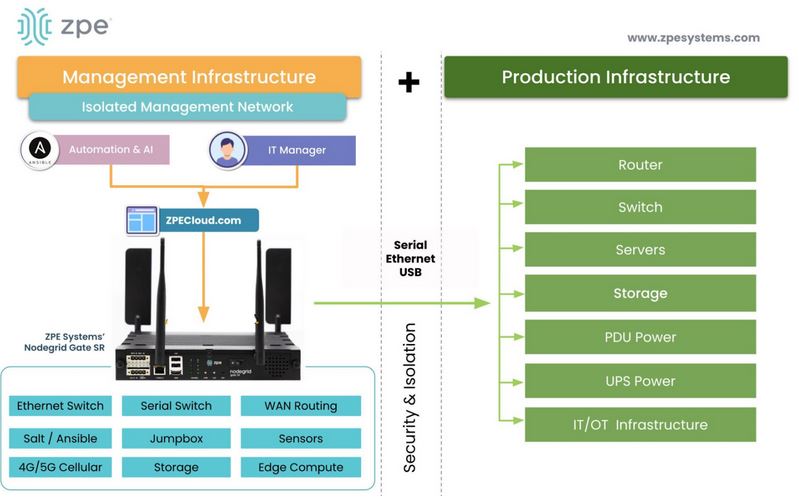According to Gartner, companies that deploy edge computing non-strategically are less efficient and lack the agility and scalability to meet their digital transformation goals. This post discusses the challenges created by a fragmented edge computing market before providing edge computing ecosystem design best practices to overcome these hurdles.
Edge computing ecosystem challenges
Most edge computing vendors offer products designed around a single use case or workload, such as analyzing machine logs to provide predictive maintenance recommendations for a specialized robotic manufacturing arm. These solutions don’t interoperate with each other or integrate with centralized orchestration platforms from other vendors, so each one is managed independently, often by the individual departments that use them. This fragmented architecture creates three major problems that prevent organizations from operating securely and efficiently: shadow IT, edge sprawl, and a lack of edge resilience.

Edge computing ecosystem design with Nodegrid
The Nodegrid solution from ZPE Systems helps organizations overcome their biggest edge computing challenges with a unified, vendor-neutral platform. With compact, all-in-one edge networking solutions like the Bold SR, you can consolidate your edge infrastructure for streamlined, cost-effective deployments. For challenging outdoor or mobile deployments, the Mini SR delivers networking, automation, and OOB in a smartphone-sized device that fits anywhere.
Nodegrid’s vendor-neutral, out-of-band management platform gives teams a lifeline to monitor, troubleshoot, and recover edge infrastructure during cyber attacks and outages, improving edge resilience and reducing business disruption. Plus, our environmental sensors provide crucial data about temperature, humidity, and other conditions so teams can proactively address issues before a failure occurs.
Nodegrid’s management platform, available as an on-premises or cloud-based application, unifies all your edge computing solutions under one roof. Teams can view monitoring dashboards, deploy patches, perform device maintenance, orchestrate automated workflows, and more from one centralized, vendor-neutral portal.
Maximize edge computing efficiency, security, and resilience
Using the Nodegrid edge management and orchestration platform as the foundation for your edge computing ecosystem design helps maximize the efficiency, security, and resilience of edge deployments. Contact ZPE Systems to learn more.
